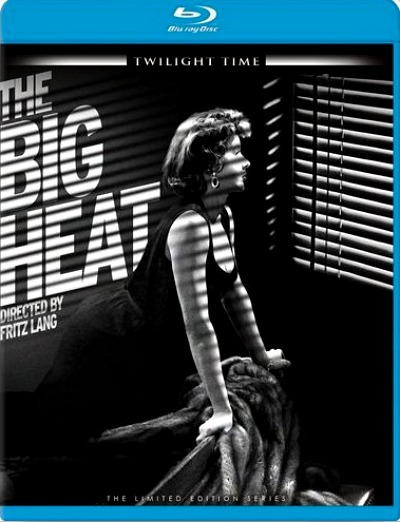In my latest piece about 1.85 aspect-ratio fascism (“Will Dial M For Murder Be Mauled By Fascists?”, 4.28), aspect ratio know-it-all Bob Furmanek contended that Elia Kazan‘s On The Waterfront was initially projected and was intended to be seen in a 1.85 to 1 aspect ratio — a truly sickening notion given the compositional balance and perfect framing contained in the 1.37 to 1 version of this 1954 classic.

Waterfront in 1.37 is all anyone has ever seen on the tube, VHS, laser disc and DVD. But if guys like Furmanek have their way…
To explain the correctness of his Waterfront position, Furmanek reported the following sequence of events: (a) April 7, 1953 — Columbia announces their new ratio of 1.85:1; (b) April 28, 1953 — Columbia announces 100% widescreen; (c) November 17, 1953 — On The Waterfront commences with principal photography; (d) July 14, 1954 – Variety review, 1.85:1; (e) July 14, 1954 — Exhibitor review, 1.85:1; (f) July 24, 1954 — Boxoffice review, 1.85:1.
I’m not disputing Furmanek’s Waterfront reporting, however repellent his aspect-ratio aesthetics may be. But how does he explain a new Bluray of Fritz Lang‘s The Big Heat, a Columbia release, being presented on the Twilight Time Bluray at 1.34 to 1, given that Lang’s film opened in October 1953 — a full six months after Columbia laid down the 1.85 law? According to a Bluray.com review, the Big Heat Bluray was “culled from HD masters provided to Twilight Time by Sony-Columbia” — in other words by Grover Crisp.
Lang was an esteemed, old-time director who’d begun in Germany in the 1920s, so you can bet he composed The Big Heat and intended to have it seen at 1.33. But if everything had to be 1.85, why didn’t Columbia just give orders to projectionists to show The Big Heat within a 1.85 to 1 aspect ratio and to hell with Lang’s 1.33 compositions?
I don’t know for a fact that The Big Heat began shooting in April 1953 — it might have begun a bit earlier, or in late 1952 even. But an edict is an edict. Did Cohn have a soft spot for Lang? Was Cohn a tough guy or wasn’t he? Cohn ran Columbia with a bullwhip and typical big-studio shooting schedules were tight, and a five- or six-month turnaround (the beginning of principal photography to theatrical release) would have fit within the norm.
Somehow or some way a person in control of the shape of The Big Heat wimped out — Cohn, Crisp, somebody in the food chain.
If Crisp’s intention is to make good on Cohn’s meat-cleaver aesthetic then Blurays of all April 1953-and-beyond non-Scope films have to be 1.78 or 1.85, and fascists like Furmanek should support Crisp in this effort. In fact, if Crisp and Fuhrmann were truly committed to chopping off the tops and bottoms of 1.33 films they would cleaver Sony Home Video’s endlessly delayed From Here To Eternity Bluray to 1.85. Why Not? Don’t fudge it, guys. You have to be hard.
